Key Facts
- Length: 25cm
- Weight: 100g
- Average Lifespan: 3 years
- Wingspan: 36cm
One of our most familiar thrushes, the melodious Blackbird is a common sight in gardens, parks and woodland across the UK.
Blackbirds are especially fond of feeding on lawns and can be seen with their heads cocked to one side, listening for earthworms. They also feed on insects and berries – leave out a few old apples or plant berry-producing bushes in the garden to attract these delightful birds.
How to Identify
Unmistakeable: male Blackbirds are entirely black with a yellow bill and yellow ring around the eye. Females are dark brown, with streaking on the chest and throat, and juveniles are also dark brown, but covered with gingery streaks.
Where to Find
Widespread.
How People Can Help
You can help to look after Blackbirds and other garden birds by providing food and water for them – it doesn’t matter if you have a big garden or live in a high-rise flat, there are plenty of feeders, baths and food choices out there to suit all kinds of situations. To find out more about encouraging wildlife into your garden, visit our Wild About Gardens website: a joint initiative with the RHS, there’s plenty of facts and tips to get you started.
Did you know?
One of our commonest garden birds, Blackbirds are actually partially migratory within the UK (Scottish populations visit Northern Ireland for example) and strongly migratory within Europe with birds from Scandinavia and the Baltics joining our residents in winter.
Similar Species
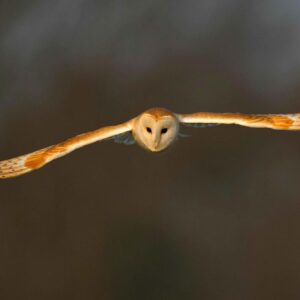
Barn Owl
- Birds
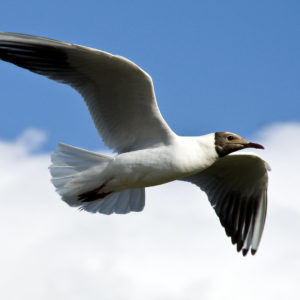
Black-Headed Gull
- Birds

Blackcap
- Birds
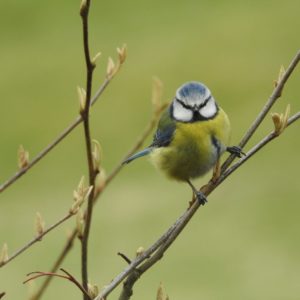
Blue Tit
- Birds
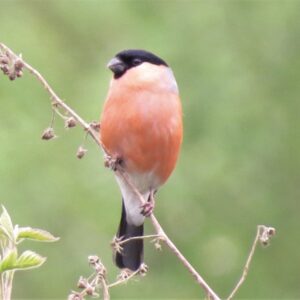
Bullfinch
- Birds
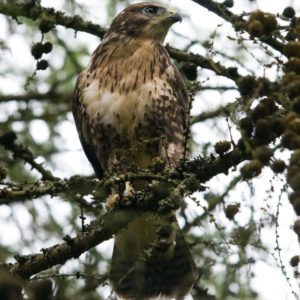
Buzzard
- Birds

Canada Goose
- Birds
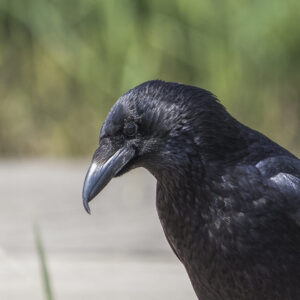
Carrion Crow
- Birds
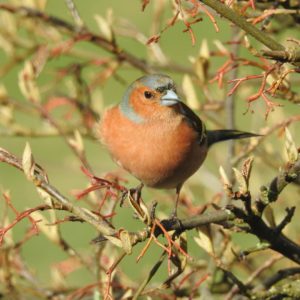
Chaffinch
- Birds
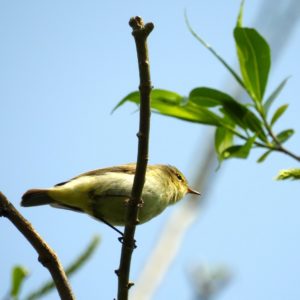
Chiffchaff
- Birds

Coal Tit
- Birds

Collared Dove
- Birds

Coot
- Birds
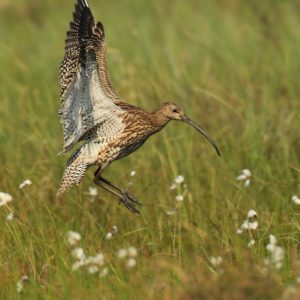
Curlew
- Birds
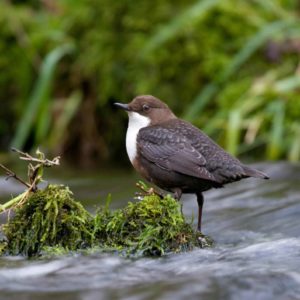
Dipper
- Birds
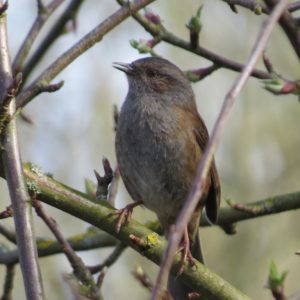
Dunnock
- Birds
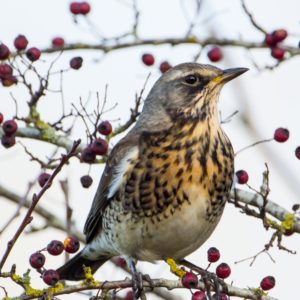
Fieldfare
- Birds
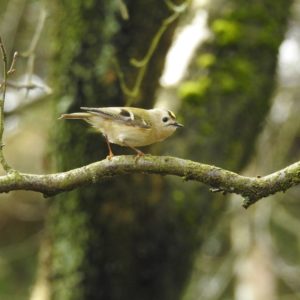
Goldcrest
- Birds

Golden Plover
- Birds
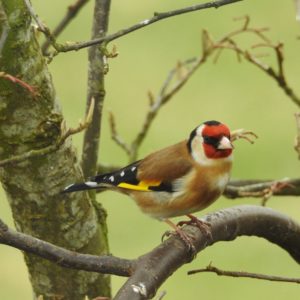
Goldfinch
- Birds

Great Tit
- Birds

Hen Harrier
- Birds
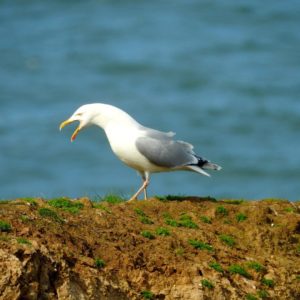
Herring Gull
- Birds
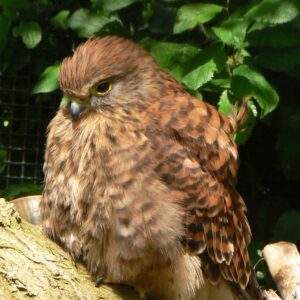
Kestrel
- Birds

Kingfisher
- Birds

Lapwing
- Birds
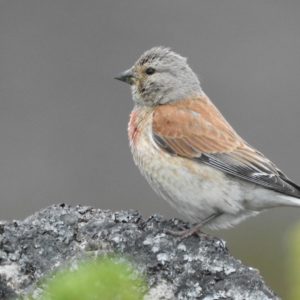
Linnet
- Birds
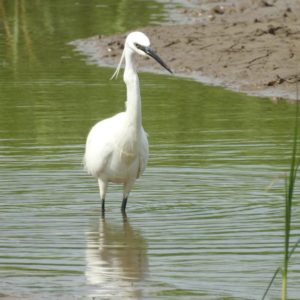
Little Egret
- Birds
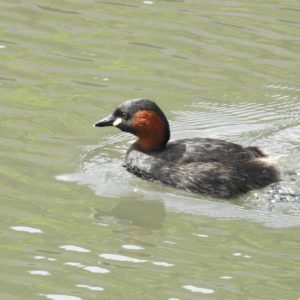
Little Grebe
- Birds

Long-Tailed Tit
- Birds
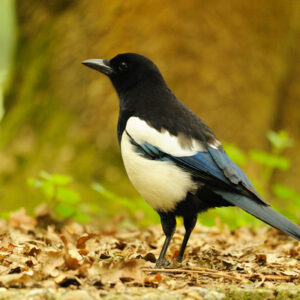
Magpie
- Birds
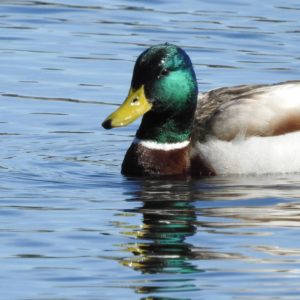
Mallard
- Birds
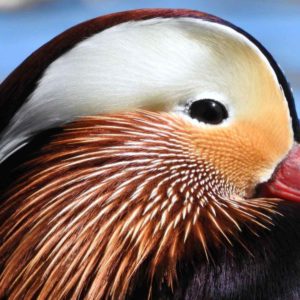
Mandarin Duck
- Birds
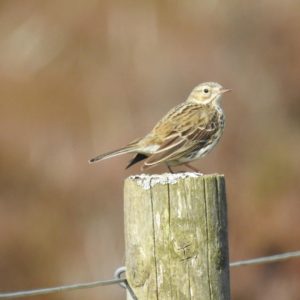
Meadow Pipit
- Birds

Moorhen
- Birds
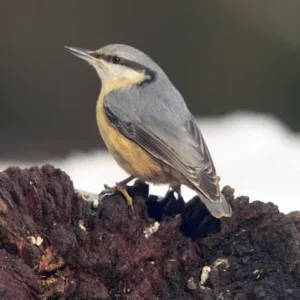
Nuthatch
- Birds

Peregrine falcon
- Birds

Robin
- Birds
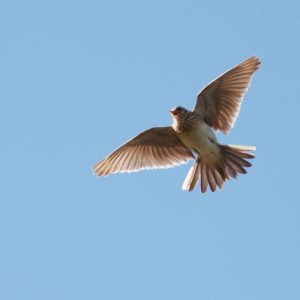
Skylark
- Birds

Snipe
- Birds

Starling
- Birds

Swift
- Birds
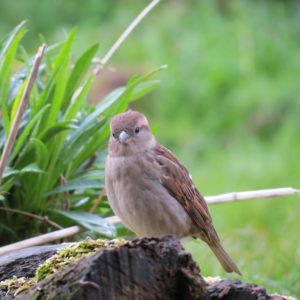
Tree Sparrow
- Birds

Waxwing
- Birds
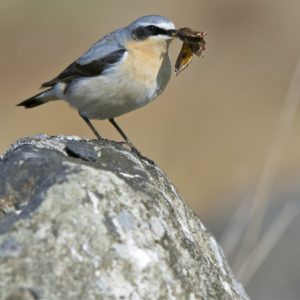
Wheatear
- Birds

Willow Warbler
- Birds
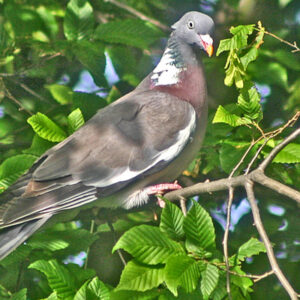
Wood Pigeon
- Birds
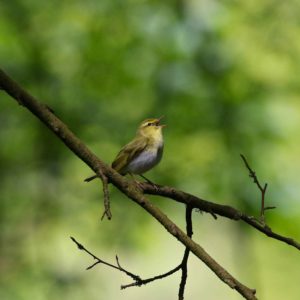
Wood Warbler
- Birds
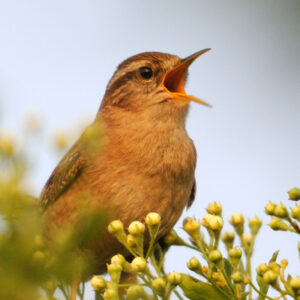
Wren
- Birds
